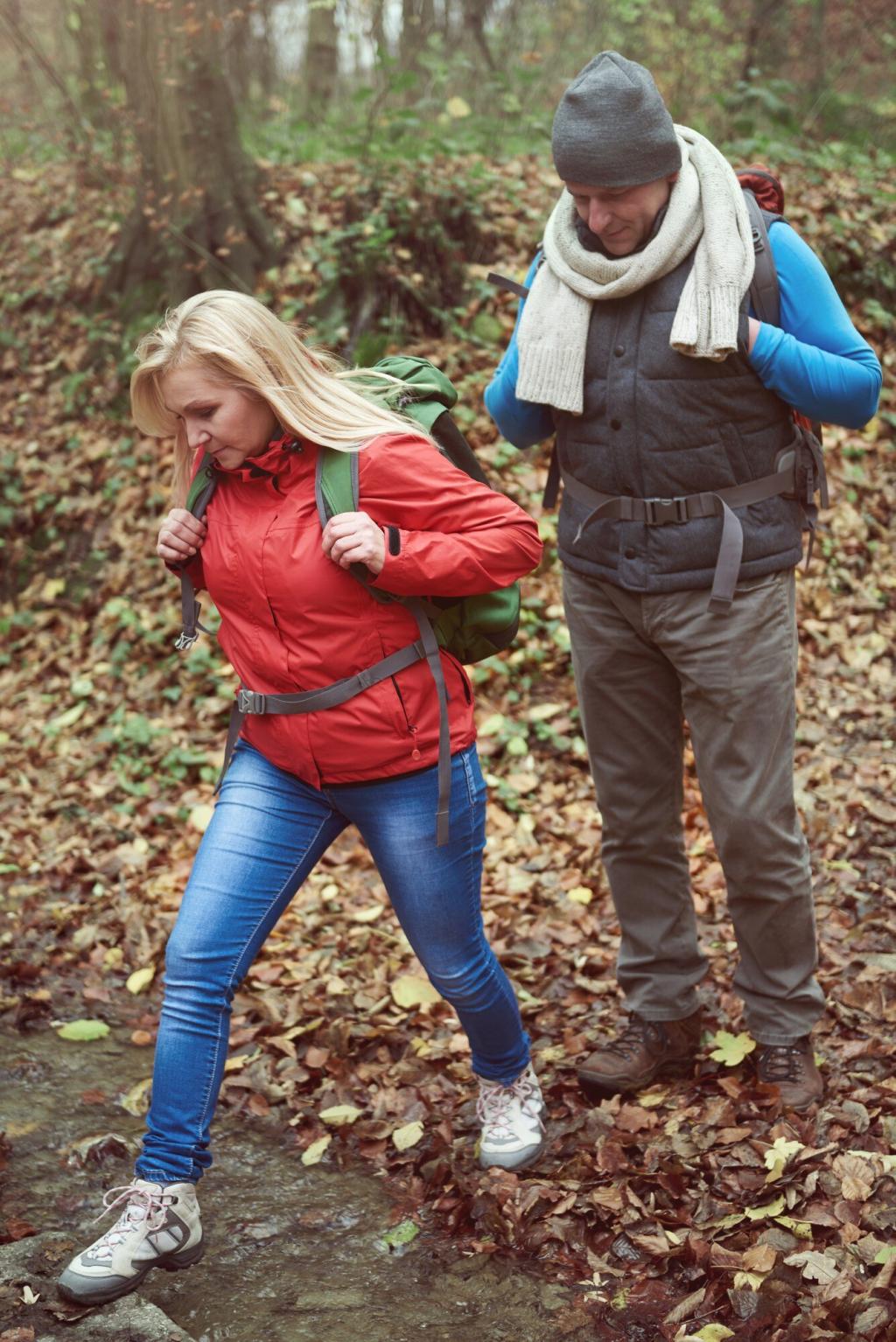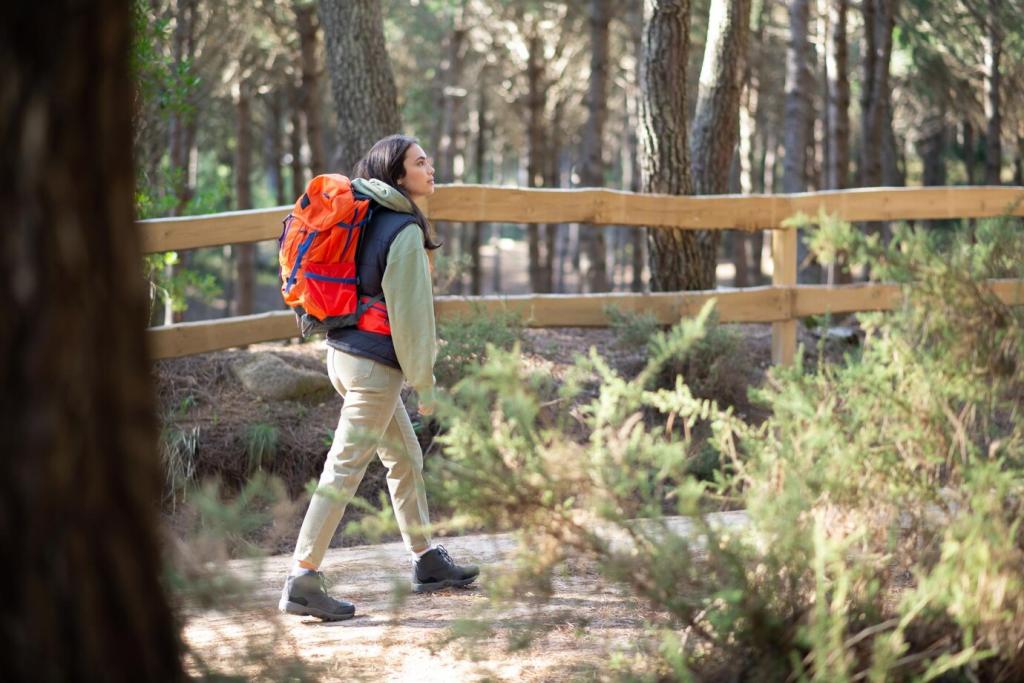Step Smart: Proper Footwear for Seasonal Mountain Hiking
Chosen theme: Proper Footwear for Seasonal Mountain Hiking. Lace up with confidence as we explore how to choose, fit, and care for the right boots and shoes for spring mud, summer heat, autumn storms, and winter snow. Join our trail-loving community—ask questions, share your miles, and subscribe for fresh, season-ready insights.
Spring Trails: Mud, Melt, and the Right Boots
Look for aggressive, widely spaced lugs that shed mud rather than pack it. A lug depth around 5 mm with sticky rubber compounds helps maintain grip on wet rock. Share your go-to outsole pattern for boggy climbs so others can learn from your spring wins.
Membranes like Gore‑Tex or eVent can keep meltwater out, but remember that spring hiking is humid and sweaty. Pair waterproof boots with moisture-wicking socks and adjust pace to avoid overheating. Tell us when you choose waterproof over quick-drying shoes in muddy shoulder seasons.
On a March traverse, Lucas stepped into a deceptively shallow puddle and watched his untightened boot stay behind. Heel-lock lacing and snug gaiters saved the next crossing. Have a spring footwear rescue story? Drop it in the comments and help fellow hikers avoid the same sink.



Autumn Terrain: Wet Leaves, Early Frost, and Stability
Some outsoles stiffen when temperatures drop, reducing grip on cold, damp stone. Seek compounds designed to remain pliable in cooler conditions. If you have noticed a brand that shines on frosty mornings, let the group know—your tip could prevent a painful slide.
Autumn Terrain: Wet Leaves, Early Frost, and Stability
Hidden roots and holes lurk under leaves. A slightly stiffer midsole and supportive heel cup improve control. Trekking poles help, but your shoe’s platform matters most. Share your stable favorites for leaf‑covered singletrack and how you adapt stride when the ground disappears.


Winter Mountains: Insulation, Snow Grip, and Compatibility
Choosing Insulation Without Overheating
Ratings around 200–400 g synthetic insulation suit most day hikes in subfreezing conditions, while deeper winter missions often need more. Match warmth to exertion and pace. What insulation level keeps your toes happy on wind-scoured ridges? Share your sweet spot for others planning cold days.
Outsoles, Lugs, and Icy Confidence
Deep, sharp-edged lugs with winter rubber compounds help on packed snow, but ice needs microspikes. Verify your boot’s heel shape and stiffness for secure strap placement. Tell us your favorite traction pairings for mixed snow, ice, and rock so others step safer this season.
Crampon and Gaiter Compatibility
For steeper routes, check if your boots accept strap-on or hybrid crampons; rigid alpine models are overkill for most hikes. High, snug gaiters keep powder out and warmth in. If you’ve dialed a reliable winter setup, describe it to guide first-time snow walkers.
Fit and Lacing: Comfort That Lasts From Trailhead to Summit
The Thumb-Test and Toebox Freedom
Aim for roughly a thumbnail of space in front of your longest toe on downhill sections. Feet swell during hikes; try shoes later in the day. What sizing tricks have saved your toenails on long descents? Share your hard-won lessons with new hikers nervous about steep trails.

Leather Longevity vs. Synthetic Speed
Full‑grain leather resists abrasion and holds waterproofing well, but takes longer to break in and dry. Modern synthetics breathe better and weigh less. Which has served you best through multiple seasons? Tell us your durability stories to guide those weighing grams against grit.
EVA vs. PU: Cushion or Carry
EVA midsoles feel plush and light but can compress faster. PU stays supportive longer under heavy loads. Choose based on pack weight and typical mileage. Share your experience after a season—does your midsole still feel lively, or did you wish for more long-distance support?
Shanks, Plates, and Rock Protection
Nylon shanks and rock plates distribute pressure and guard against sharp stones, especially on talus. They increase stability yet can reduce trail feel. Where do you prefer more protection—boulder fields or rooty singletrack? Add your take so others match protection to their favorite terrain.
Care, Maintenance, and Longevity Across Seasons
Remove insoles, stuff with newspaper, and air dry away from direct heat, which can delaminate adhesives and crack leather. A small boot dryer on low works well. What’s your fastest safe drying method after a surprise downpour? Share it so soggy hikers can recover overnight.
